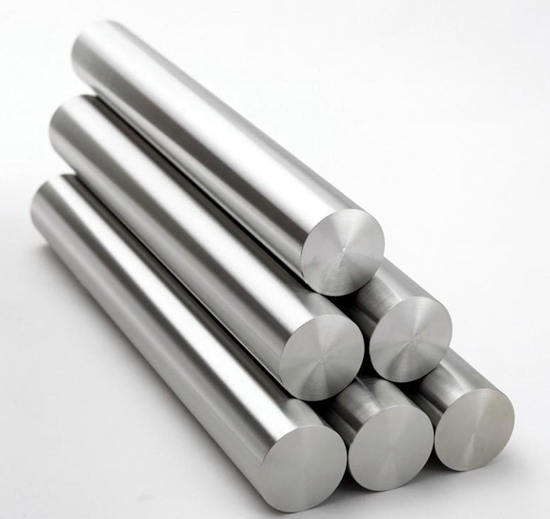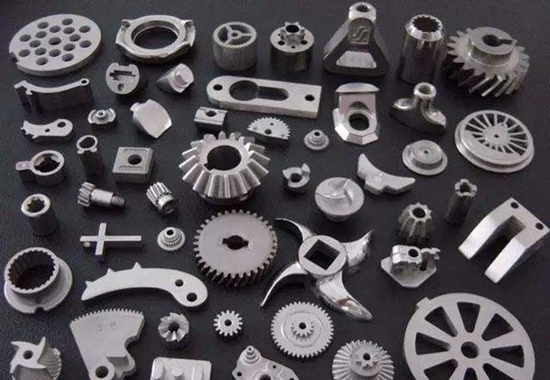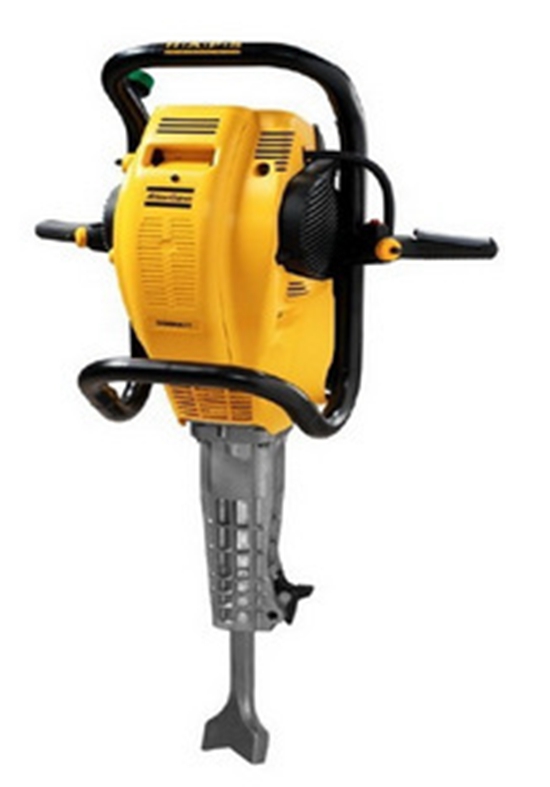News
Application of Nano-alloy in Railway Tamping
2019-03-12 08:44
Description
The WC grain is less than 1μ, and the alloy of about 0.5μ is called nanocrystalline cemented carbide.
The wear resistance of nano-alloys with a Co content of less than 10% is 3 to 10 times that of ordinary alloys, and the high-cobalt alloys of 10% to 20% Co are used for micro-drills of integrated circuit boards in the electronics industry.Its life expectancy is more than 50 times that of high speed steel.
As the world enters the electronic age and the emergence of various difficult-to-machine materials, the demand for nano cemented carbides is increasing. So far, there are more than 90 nano cemented carbides grades in the world.

Performance:
1. Organizational performance.
The microstructure of nanocrystalline cemented carbide is very small, which determines its excellent mechanical properties.However, due to the different preparation methods and sintering processes of nanopowders, their microstructures are also different.
Though spray conversion method, the nano cemented carbides WC grain size is about 70 nm, the grain boundary is the same as ordinary cemented carbide, the same is straight boundary.However, its dislocation density is significantly less than that of ordinary cemented carbide.The nano cemented carbides powder prepared by different preparation methods has a very different microstructure of the powder.
2. Mechanical properties
As the free phase of the binder phase decreases, the Vickers hardness of the cemented carbide increases significantly:
When the cobalt free phase has a free path of 30 mn, its Vickers hardness is as high as 2300 kg/mm2 or more.
Moreover, the crack propagation resistance also increases, and the toughness of the alloy is correspondingly increased.
3. Tool cutting performance.
Tool products made of nanocrystalline cemented carbide have excellent performance.
Nano WC-Co cemented carbide is widely used in various fields of modern technology due to its special wear resistance, high hardness, and excellent fracture toughness and compressive strength.Its main applications are summarized as follows:

1、metal processing
At the beginning, the development of sub-fine WC hard alloy was to solve the need of cutting processing of difficult-to-machine materials such as high-temperature alloy. Modern nano-WC cemented carbide is superior to sub-fine alloy in strength and toughness, so it is more suitable for high-temperature alloy and titanium,processing of alloys, stainless steels, various spray (welding) materials, hardened steels, chilled cast irons, etc.
2、Electronics industry
The development trend of electronic industry products is miniaturization, integration and precision.Wafer cutters for printed circuit board lead cutting heads, as well as precision small molds, etc., are required to be fabricated using nanocrystalline WC cemented carbide to achieve its function.
3、Railway tamping
Carbide wear-resistant materials have high hardness, high hardness and high modulus of elasticity, and they are resistant to wear and corrosion.Cemented carbide, as an important wear-resistant material, has excellent strength and corrosion resistance, its thermal expansion coefficient is relatively small, and its chemical properties are stable.Widely used in mining, oil drilling, tunnels, railway construction and other aspects. Compared with ordinary wear-resistant materials, cemented carbide can double the working life of the workpiece.At present, hard alloy wear-resistant materials have been applied to wear-resistant parts of railway tamping engineering machinery, such as tamping tools and cleaning parts such as ballast cleaner.


